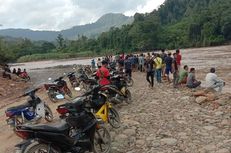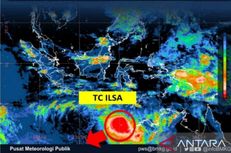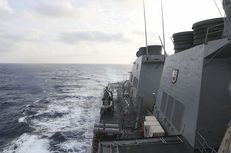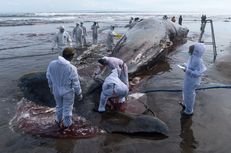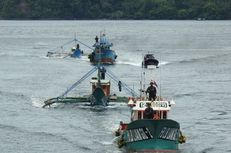Hurricane Season Goes Greek with Atlantic Storms Alpha and Beta
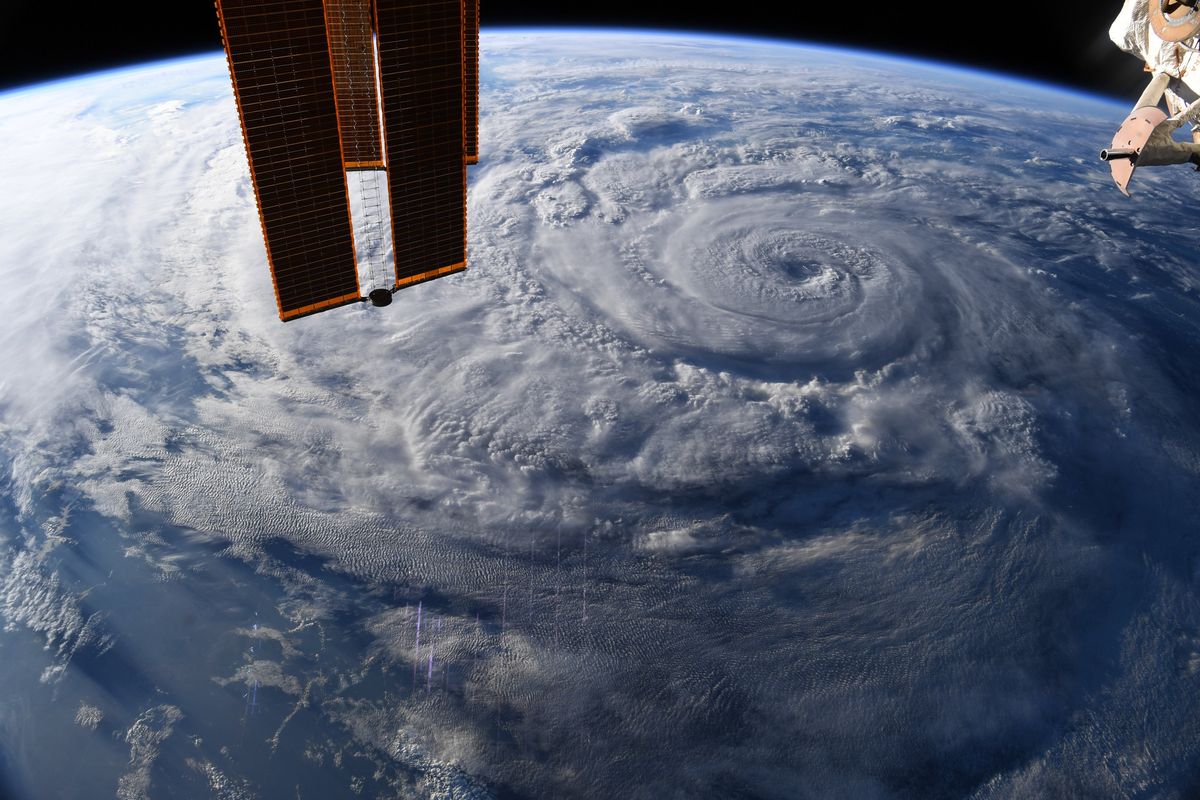
And with 22 storms only two of them — Laura and Teddy, which is still swirling — reached major hurricane status, which is also kind of unusual, McNoldy said.
McNoldy said the environmental conditions reduce high-level winds enough for storms to form, but not enough for them to strengthen or even survive long.
Read also: Oxfam: Richest 1% Produces Twice the Carbon Emissions than the Global Poor
La Nina, which is a cooling of parts of the equatorial Pacific that changes weather worldwide, is a factor in making some but not all of the Atlantic more active, he said.
It doesn’t explain Alpha forming, he said.
McNoldy does not see a human-caused climate change connection at work in the number of storms.
Just to remind people, the hurricane center tweeted out the entire 24-letter Greek alphabet, with a red slash through Alpha.
McNoldy joked that after that there’s no official name list, but the Russian alphabet is available.
With at least another month of the heart of the busiest part of hurricane season to go, one weather-watcher on Twitter talked of “Hurricane Pi on Thanksgiving”.
(Writer: Seth Borenstein)
Source: https://apnews.com/1393b24d53906e2220d730029bf82fa3
Simak breaking news dan berita pilihan kami langsung di ponselmu. Pilih saluran andalanmu akses berita Kompas.com WhatsApp Channel : https://www.whatsapp.com/channel/0029VaFPbedBPzjZrk13HO3D. Pastikan kamu sudah install aplikasi WhatsApp ya.









